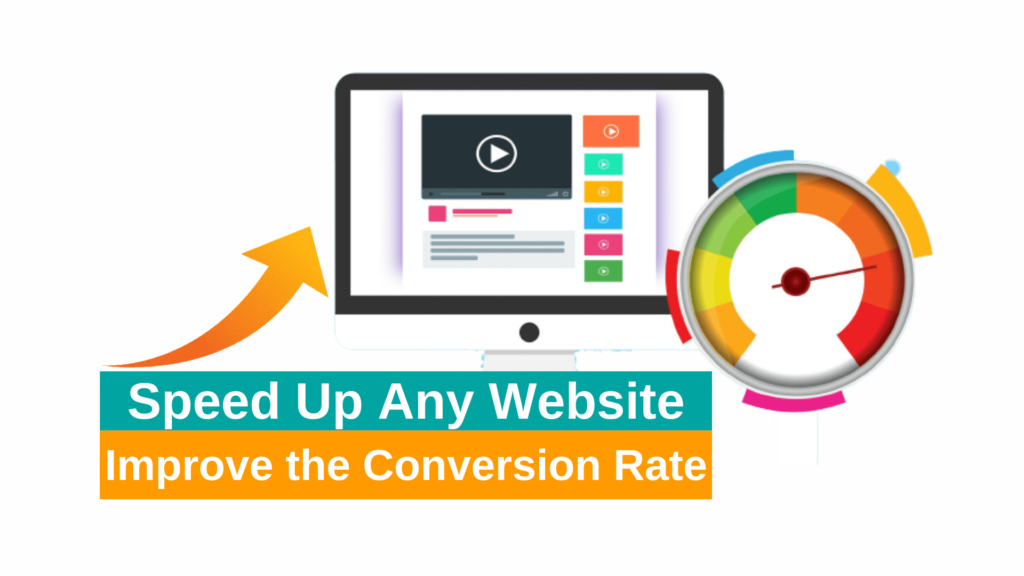
If your website takes more than 3 secs to load, then you will lost almost half of your site visitors before they even land on your website. So taking a few extra secs to load could have very negative impact on your website ability to engage the visitors and also make sales.
Here we have collected some tips and tricks to decrease your site load time and to speed up any website – not just for ranking high and well on google but also to keep your bottom line profits according to your expectation.
Here are the list of steps to speed up any website and improve its conversion rate.
Remove Unused Themes and Plugins
Over time, all of the websites get to mess up. So, it is important to regularly check and clear out things that your sites no longer need to function.
Maybe, you have installed a lot of themes to check and that you haven’t used in years. Or, you may have a bunch of plugins installed, most of which are even not active and have no purpose to keep in your website.
If you have a ton of unused themes and plugins then your site is not only open to more security risk, but it’ll also very negatively impact your site’s speed and performance.
So, all you need is just go to your WordPress dashboard and deactivate and delete any plugins or themes that you are not using anymore.
Optimize and Compress Your Website’s Images
No matter what kind of website you have, your site’s images would be some of the largest files. That’s way, they can really affect your loading speeds.
Luckily, there are a few different tools and tricks you can not only use to optimize your images but also can make them smaller, all without compromising the quality.
The first step of which is optimizing your images before you upload them to your website. This process can be done in two steps.
The first is resizing your images to the correct dimensions. If your site only uses images that are 500px by 400px, there’s no point in using or uploading images that are 5000px by 4000px.
Once you properly resize the images, you can compress your images and make them smaller without causing any loss in quality by an online tool called TinyPNG or Compressor.
Now, you are good to upload them to WordPress.
You can take your image optimization efforts even further by installing a plugin called Smush Image Compression and Optimization. This will not only optimize any images in your existing library but will also optimize images as you upload them to your site in the future.
You may also have a bunch of media that you not using anymore or linking to them as well.
To locate and delete these unnecessary and unused media install plugin called Media Cleaner. This plugin will scan your website for media that you’re no longer using and will give you the option to delete it
Choose the best Performance-Oriented Host
One of the biggest influencers that affect your site’s performance is the host. So you have started the website on a basic shared hosting package and you’re still running on it, it’s probably time to upgrade the hosting.
Even if you implement all of the above tips and tricks, you probably would not see much improvement in your website if you’re still using a slow host.
As a WordPress website owner, your best option should be using a WordPress-specific host. Because the specified host has a server setup that has been completely optimized to run WordPress websites. You should also keep checking things like an integrated CDN, which stores copies of sites on servers across the globe.
Defer JavaScript Loading
It means, preventing JavaScript from loading until all other elements loaded. So by this the rest of your website content will load without delay.
You can use the WP Rocket plugin to easily enable deferred JavaScript loading. Simply check the box next to “Load JS files deferred,” and then you’re good to go.
Reduce the HTTP requests on your website
By reducing number of HTTP requests on your website will not only improve the load times, but it will also dramatically improve overall user experience.
Combine JavaScript and CSS
HTTP requests can reduce by combining multiple JavaScript and CSS files.
Don’t freak out if you don’t know how to adjust these files manually. Because there are lot of WordPress caching plugin which have this feature. All you need is to enable the correct settings of the plugin to combine JavaScript and CSS files. But also some modern themes have this feature. So just check your theme options to see that the setting exists or not.
Minify your website code (HTML, CSS, JavaScript)
All you need is to enable your minify setting from your theme options or caching plugin. It will automatically trim the unnecessary fat (thinks like white space charts comments etc these will add in readability but will remove from execute.) from your website’s code.
Enable Lazy load
Hopefully, you are now better equipped to speed up any website.



1 Comment
romantik · April 27, 2022 at 2:25 pm
Excellent post. I definitely appreciate this website. Thanks!